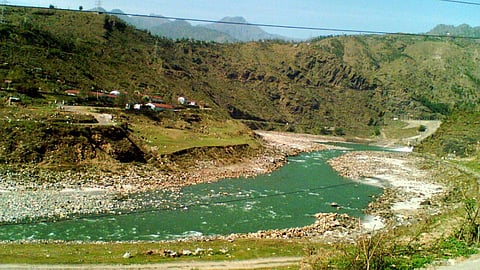
- Topics
- Feature
- Opportunities & Events
- About
- Hindi Portal
- Data
- Topics
- Feature
- Opportunities & Events
- About
- Hindi Portal
- Data

Worldwide, the demand for energy has risen significantly and quickly, leading to serious impacts on environmental sustainability and hindering global efforts to mitigate climate change. Hydropower, a leading renewable option has the additional benefits of water storage for agriculture and other uses. Drawing on the position of four Hindu Kush Himalayan (HKH) countries – Bangladesh, India, Nepal and Pakistan – a paper ‘Hydropower development in the Hindu Kush Himalayan region: Issues, policies and opportunities’ investigates the current status of hydropower generation and related policies. Based on this, it attempts to identify the key challenges to and opportunities for hydropower development in the region. The study is based on reliable official documents and published studies on hydropower development in the selected countries.
South Asia's considerable hydropower potential is concentrated in the HKH region, characterised by high mountains, glaciers and large rivers. The region is the source of ten large river basins that provide water, ecosystem services and livelihoods to a quarter of the world's population.
The four HKH countries mentioned in this study have a hydroelectric potential of 334 Gigawatts. However, owing to inadequate infrastructure, technological constraints and lack of credible cooperation among the countries, only one-third of this potential has actually been tapped so far. Nepal and Pakistan have tapped 2% and 12%, respectively, of their hydropower potential. The current hydropower supply has not been able to fulfil the electricity demand in the region, where 26–37% of the rural population is living without access to electricity, and future demand for electricity is likely to increase sharply.
In the paper on hydropower development and potential in the HKH region, a detailed situation analysis is provided, guided by the following specific objectives:
The situation analysis mainly relied on an extensive review of existing literature (published journal articles, reports, and policy documents), and descriptive statistical analysis (e.g. percentages and trend analysis).
Economic, social, technical, institutional and political issues